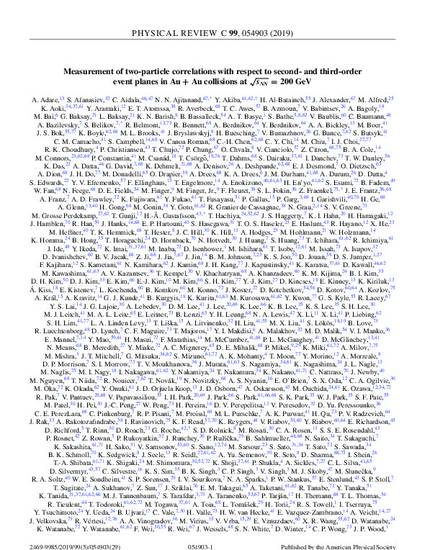
We present measurements of azimuthal correlations of charged hadron pairs in root s(NN) = 200 GeV Au + Au collisions for the trigger and associated particle transverse-momentum ranges of 1 < p(T)(t) < 10 GeV/c and 0.5 < p(T)(a) < 10 GeV/c. After subtraction of an underlying event using a model that includes higher-order azimuthal anisotropy v(2), v(3,) and v(4), the away-side yield of the highest trigger-p(T)(p(T)(t) > 4 GeV/c) correlations is suppressed compared with that of correlations measured in p + p collisions. At the lowest associated particle p(T)(0.5 < p(T)(a) < 1 GeV/c), the away-side shape and yield are modified relative to those in p + p collisions. These observations are consistent with the scenario of radiative-jet energy loss. For the low-p(T) trigger correlations (2 < p(T)(t) < 4 GeV/c), a finite away-side yield exists and we explore the dependence of the shape of the away-side within the context of an underlying-event model. Correlations are also studied differentially versus event-plane angle Psi(2) and Psi(3). The angular correlations show an asymmetry when selecting the sign of the difference between the trigger-particle azimuthal angle and the Psi(2) event plane. This asymmetry and the measured suppression of the pair yield out-of-plane is consistent with a path-length-dependent energy loss. No Psi(3) dependence can be resolved within experimental uncertainties.
Available at: http://works.bepress.com/craig-ogilvie/301/

This article is published as Adare, A., S. Afanasiev, C. Aidala, N. N. Ajitanand, Y. Akiba, H. Al-Bataineh, J. Alexander et al. "Measurement of two-particle correlations with respect to second-and third-order event planes in Au+ Au collisions at s NN= 200 GeV." Physical Review C 99, no. 5 (2019): 054903. DOI: 10.1103/PhysRevC.99.054903. Posted with permission.